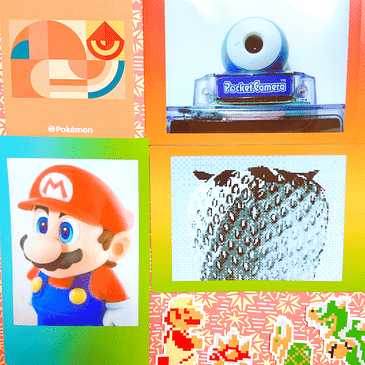Photographer and modder Christopher Graves joins to discuss the Game Boy Camera! Formerly the world’s smallest digital camera, it’s a unique piece of Nintendo history that still inspires people today. We dig into the history of the device, how to take good photos, and dig into the custom built Game Boy Mini Camera from our guest! Plus, some early thoughts on the joyous Super Mario RPG remake and some Nintendo sales info!
Follow our guest!
Instagram: https://www.instagram.com/thegameboycamera/
Threads: https://www.threads.net/@thegameboycamera
Site: https://gameboycamera.com/
(0:00) - Intro
Feature
(0:56) - Game Boy Camera w/ Christopher Graves
Games
(23:15) - Super Mario RPG (2023)
News
(32:27) - Nintendo Q3 sales report
(36:37) - The Legend of Zelda live action movie
(38:03) - Amiibo restock in Japan
(38:41) - Closing
Social media:
Twitter: https://twitter.com/TokyoGameLife
Instagram: https://www.instagram.com/tokyogamelife/
YouTube: https://www.youtube.com/@tokyogamelife
Threads: https://www.threads.net/@tokyogamelife
Website: https://tokyogamelife.com/
Like and subscribe on your favorite podcast app!



